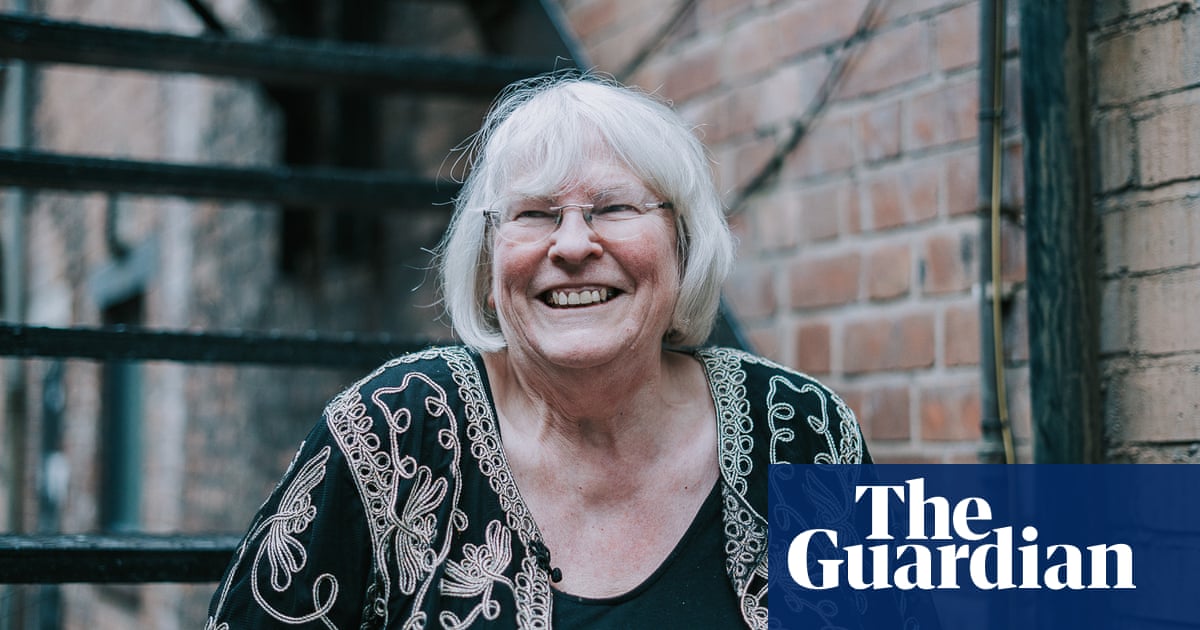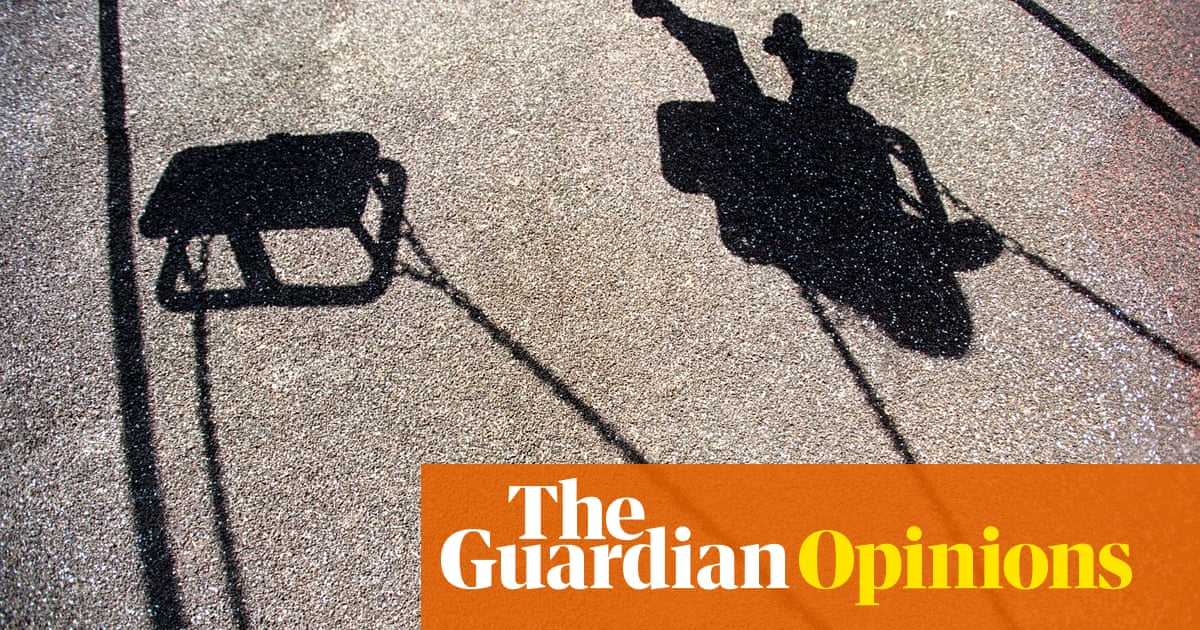
he event that shaped Gabrielle Goliath’s life as an artist happened when she was nine years old: a schoolfriend was killed in an act of domestic violence, the details of which have never been clear. “It would have been an accident,” she says, from her home in Johannesburg, 30 years on. “But, you know, when these things happen within a family, no one outside of those four walls knows exactly what went on.” She commemorated her friend in a 2010 photographic work, Berenice 10-28, which invited 19 young black women – so-called “surrogates” – to sit for a portrait, each representing one of the 19 years that Berenice had missed.
The work that brings the South African artist to Edinburgh is another powerful act of remembrance, this time focused on the survivors of assault. This Song Is For … is the centrepiece, and emotional core, of The Normal, the reopening show at the university’s Talbot Rice Gallery. It bends the idea of the dedication song into a reflection on the worldwide problem of sexual violence against women and those who don’t conform to gender norms, through the testimonies of five individuals.
One by one, the survivors’ stories are spotlit on a side wall, while on two large screens musicians perform a well-known song that she – or in one case, he – has nominated, screened in a colour wash of their choosing. Each track runs between 16 and 20 minutes, trapped by a mysterious glitch in the inescapable now of a single recurring phrase, which becomes increasingly intense and effortful until the song is released, in its final seconds, into the “rhapsody” of its full version.
“The 19th of April 2014 was a holy Saturday for others and not so holy for me,” writes Sinesipho Lakani, who was kidnapped and raped in the back of a taxi in her first three months at university. “My life has never been the same. I’m broken, and my sin, my only sin was being a woman.” Lakani has chosen Beyoncé’s Save the Hero, which is performed by the up-and-coming South African jazz trio The Wretched, in a bruised violet colourscape. As if struggling to articulate a pain that is beyond language, the song is stuck at “A simple word, a ges[ture] ... ”
The exhibition aims to spotlight issues brought into new focus by the pandemic, with pre-existing and newly commissioned works ranging widely across social and environmental concerns. This Song Is For ... was made in 2019, just months before the UN would declare that violence against women had become “a shadow pandemic”, with four billion people around the world confined to their homes.
Goliath, a thoughtful and softly spoken woman with close-cropped hair and owlish glasses, bridles at such catastrophist language, because it denies a long and devastating history. “The phenomenon of racist, gendered and sexualised violence predates the pandemic,” she says. “We need to understand the legacies that are not just stuck in the past. We need to take into account a history that commodified bodies and continues to render many individuals still precarious today – and that demands an accounting of racial slavery, colonialism and apartheid, and the ways in which bodies continue, even now, to be differentially valued.”
Goliath’s profile has been rising fast , with shows imminent in France, Australia, Sweden, Scotland and, she hopes, India at the end of the year. She works at a deliberately slow pace, carefully gathering material for artworks which interconnect with each other, accumulating power over years. Elegy, a live performance piece ongoing since 2015, creates a mourning ritual for murdered women by inviting opera singers to step up and hold a single note for as long as they can. A video version, capturing a sequence of seven singers, is due to show this year in Rouen and Melbourne.
For all her conscientiousness, and the scholarly language of someone who also teaches critical theory at a university, Goliath is no stranger to confrontation. She once forced gallery-goers into physical contact with homelessness by placing a blanketed body in the entrance to an exhibition. A later audio piece, Roulette – which she describes as a “sonic assault” – is an audio piece experienced through headphones, involving a six-hour silence, punctuated by a single, ear-splitting gunshot. It reflects the shocking statistic that, in South Africa at the point when she was researching the 2012 work, every six hours a woman was killed by a current or former partner. Roulette is currently showing (without headphones) at the Musée d’Art Moderne de Paris, with the gunshot sounding once every three hours – an 2020 update on the rate of femicide in the country.
But once again Goliath warns against oversimplifying. “It’s really important for me to be attentive to how certain kinds of concerns and issues are relegated to certain parts of the world.” Roulette is about to open in Sweden, where – she says, delicately – “one might presume that this sort of thing doesn’t happen, but it does. It’s spoken of in different ways, but unfortunately, devastatingly, violence is rife, not only across geographical lines, but lines of difference too. So you have to think about it through that global, transnational lens.”
Though This Song Is For … is not so obviously confrontational, its sense of being trapped in a tune that never changes – the difficulty of which can be heard in the singers’ straining voices and seen in the twitching of their facial muscles – has been known to trigger unbearable memories in survivors of abuse. Host galleries are advised to train their attendants up to spot the signs.
There are 11 music videos in the complete cycle, but the challenge of keeping socially distanced visitors moving has led to only five being shown in Edinburgh, one each weekday, with all five reprised on Saturdays. Their mournful repetitions echo through the grand 19th-century gallery, as you wend your way through works on the plunder of the ocean floor, the symbolism of crocodiles in a plastic-polluted world, or the chemistry of Scottish honey in a bumper lockdown year for wildflowers.
Such juxtapositions delight Goliath. “These things get siloed, you know,” she says. “We think of gender-based violence or ecological crisis, but for me, they are deeply entangled. They have birthed from the same kind of foundational narrative of nationalised, hierarchised, economised, sexualised, racist violence.”












